Ancient treasures meet modern design at Izmir Archaeology and Ethnography Museum
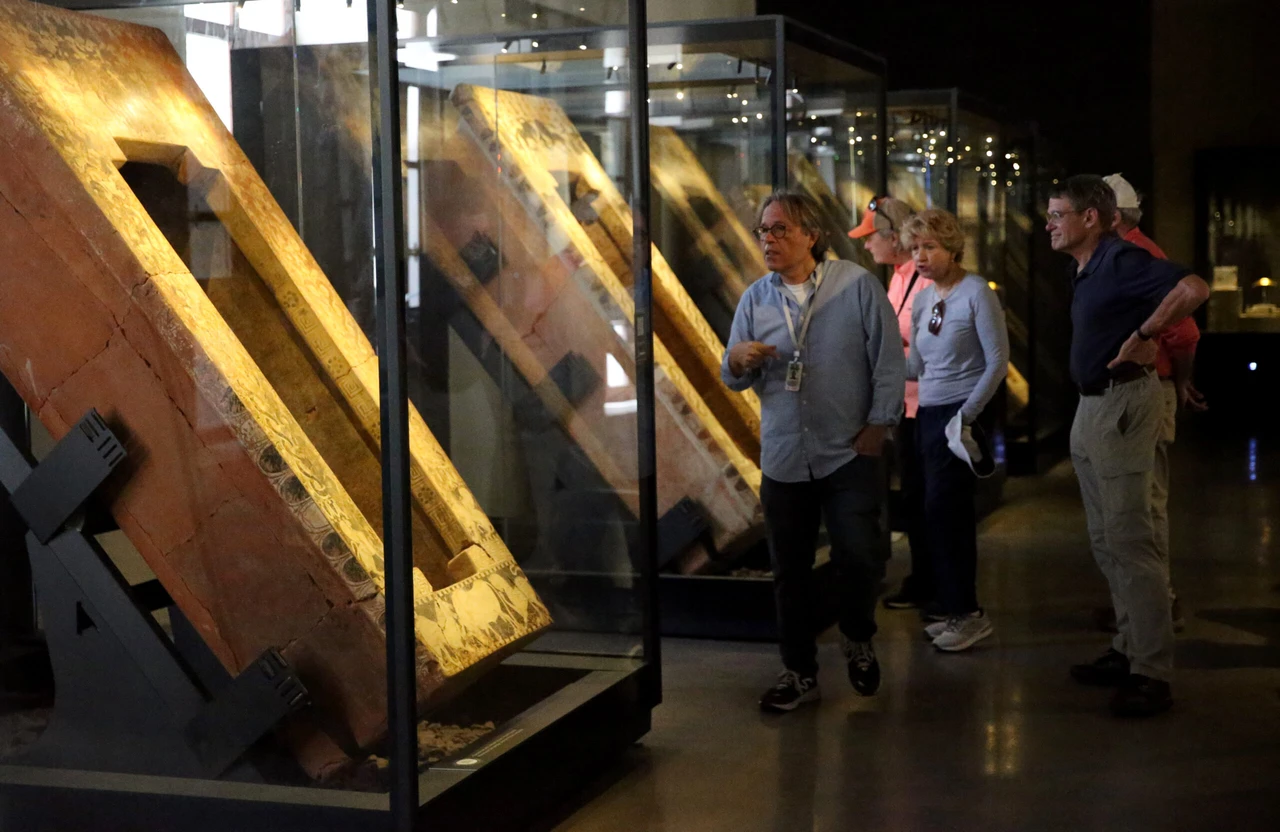 Visitors are seen touring the Archaeology and Ethnography Museum, located within the Izmir Culture and Arts Factory, which was established following the restoration of the historic Alsancak Tobacco Factory, in Izmir, Türkiye, April 19, 2025. (AA Photo)
Visitors are seen touring the Archaeology and Ethnography Museum, located within the Izmir Culture and Arts Factory, which was established following the restoration of the historic Alsancak Tobacco Factory, in Izmir, Türkiye, April 19, 2025. (AA Photo)
The historic Alsancak Tobacco Factory in Izmir has been given a new lease of life as the Izmir Kultur Sanat Fabrikasi (Culture and Arts Factory). At the heart of this transformation is the Izmir Archaeology and Ethnography Museum, now captivating visitors with a modern museology approach that breathes life into the city’s 8,500-year-old story.
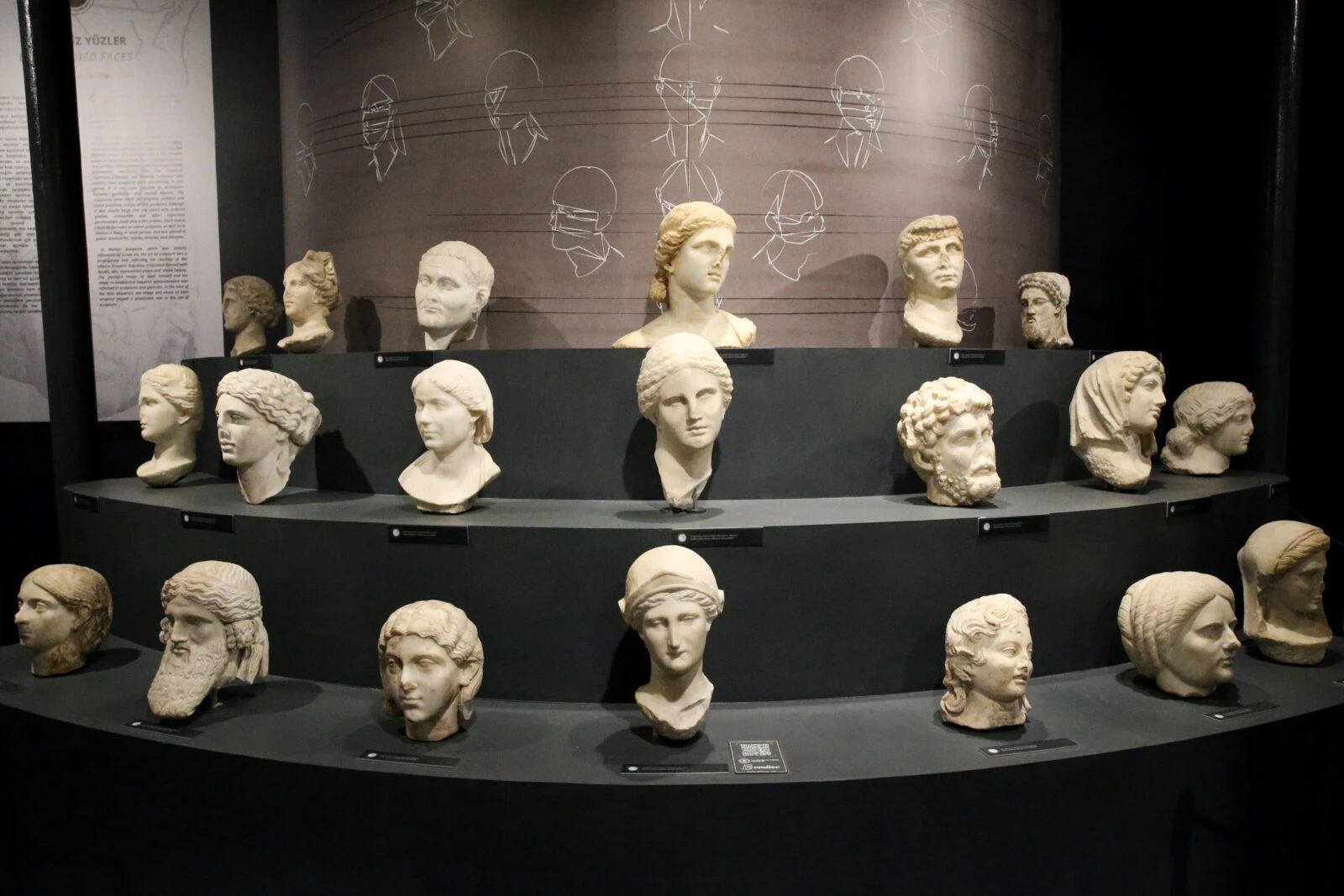
Unearthing the past: From ancient cities to modern displays
Artifacts uncovered from renowned archaeological sites such as Ephesus, Pergamon, Smyrna, Teos, Metropolis and Klazomenai, as well as the Yesilova and Ulucak mounds, form the core of the museum’s rich collection. With nearly 6,000 items on display, the museum highlights the deep archaeological wealth of Izmir and its surroundings.
Unlike traditional museums, this institution, under the Turkish Ministry of Culture and Tourism, embraces a thematic exhibition style. This modern format allows for immersive storytelling and engaging visuals that captivate audiences of all ages.
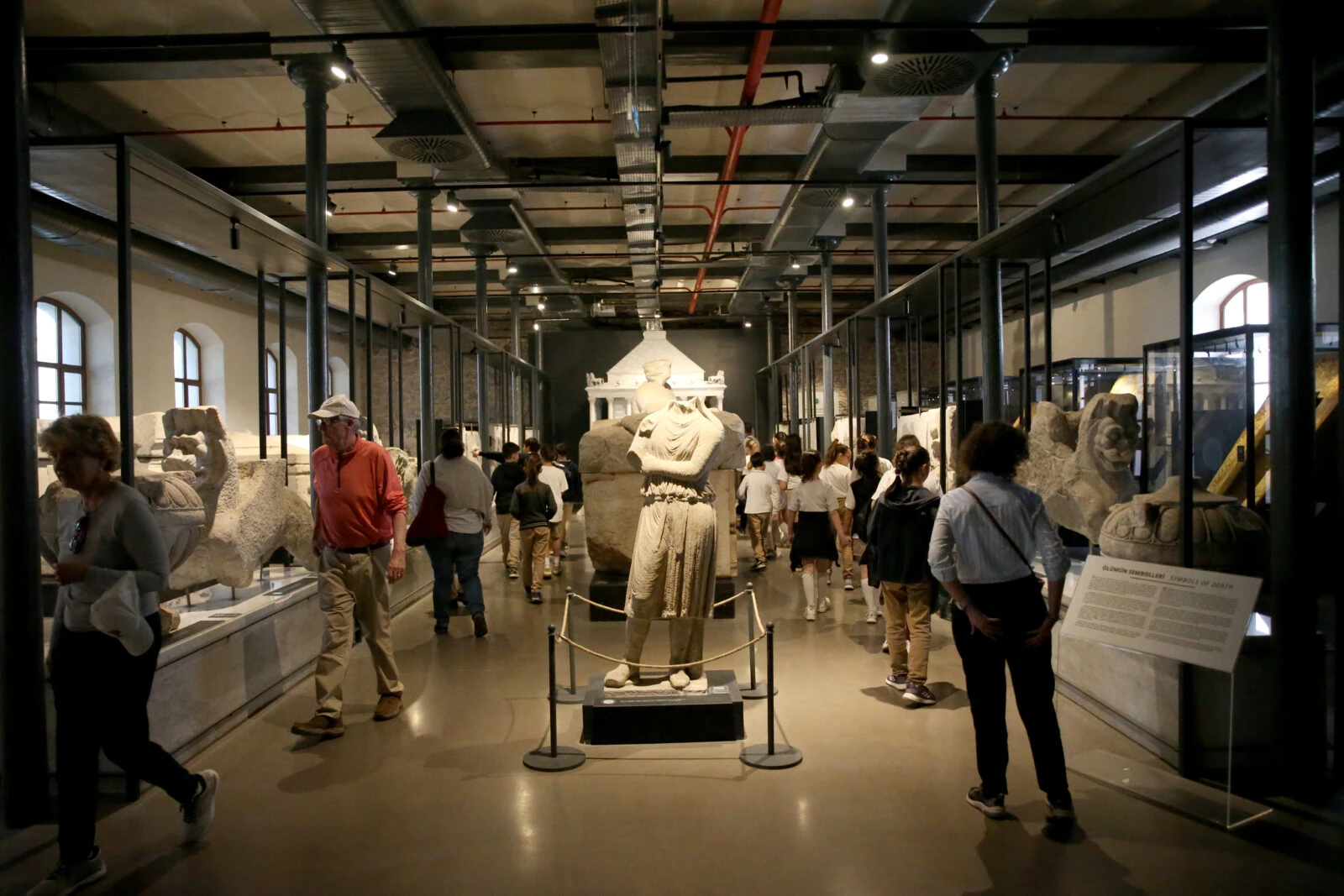
A museum designed for exploration
According to Assistant Director and Expert Archaeologist Elif Erginer, the museum is carefully curated to reflect a contemporary vision of museology. “The exhibitions are thematic,” she said, “designed not only to showcase the artifacts but to connect them with the historical and cultural essence of Izmir.”
- The ground and first floors house archaeological artifacts.
- The second floor is dedicated to ethnographic pieces.
- Themes such as “Power from the Sea,” “Spirit of Entertainment,” “Legacy Carved in Marble,” “Symbols of Death,” “Mind of Civilization,” and “The World Between Knowledge and Myths” take visitors on a thought-provoking journey into the ancient world.

Reunited face of Homer
One of the museum’s most striking exhibits is the statue of Homer, believed to have lived in Izmir during the eighth century B.C. Best known as the author of the “Iliad” and the “Odyssey,” Homer stands as a cultural icon of both the Hellenistic period and Izmir itself.
Discovered in 1950 by archaeologist Lut Robert at the Claros Ancient Site in Menderes district, only the torso of the statue was initially found. The head was unearthed three decades later, and the two were finally reunited in 2004. The statue now greets visitors in the “World Between Knowledge and Myths” hall.
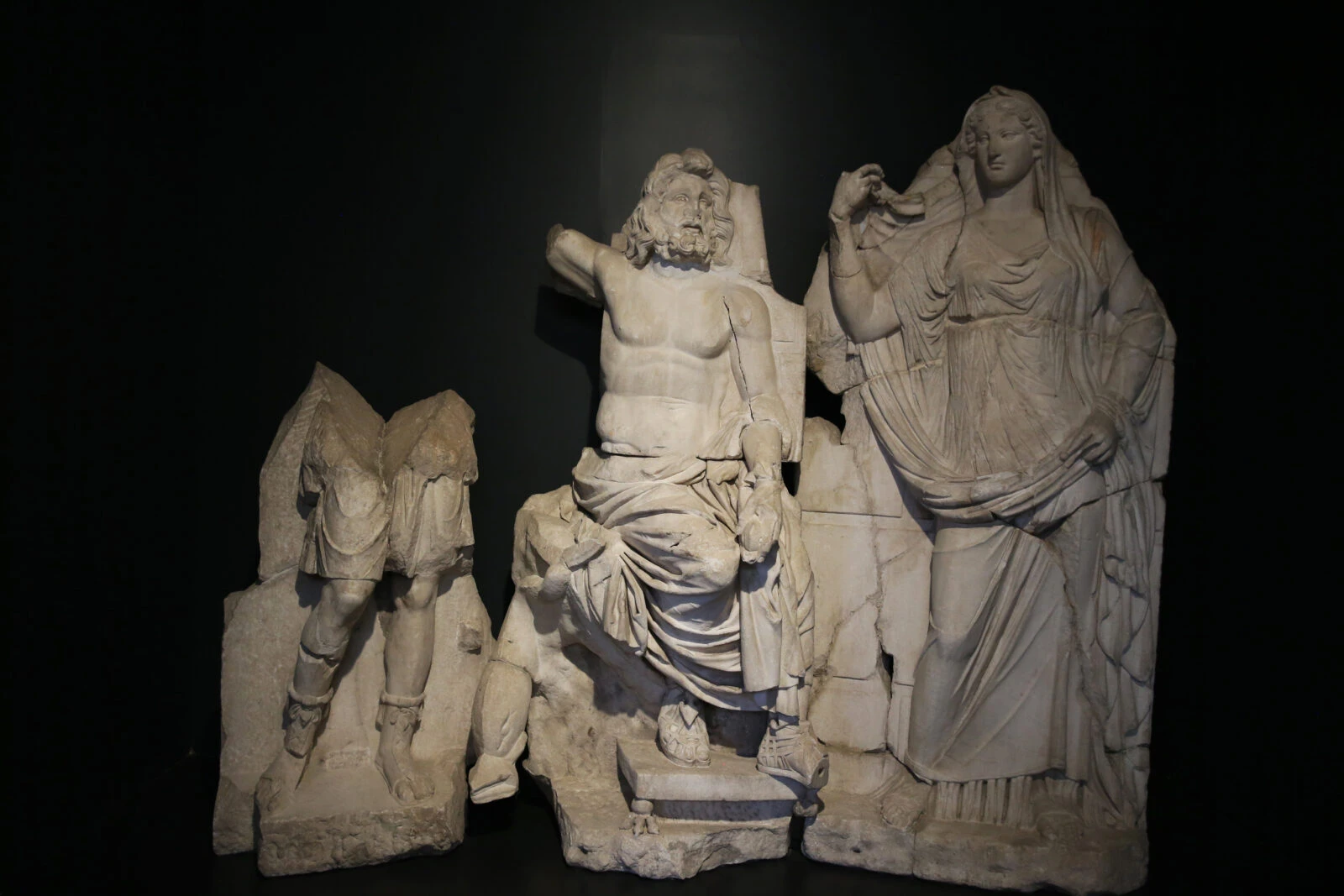
Icons of the ancient world
Other highlights include:
- A statue of Androklos, founder of Ephesus, from the Roman period.
- The rivers’ Kaystros from the Vedius Gymnasium in Ephesus.
- Poseidon and Demeter reliefs unearthed at the Smyrna Agora.
Each piece adds another layer to Izmir’s ancient narrative, making the museum a must-see destination for history enthusiasts.
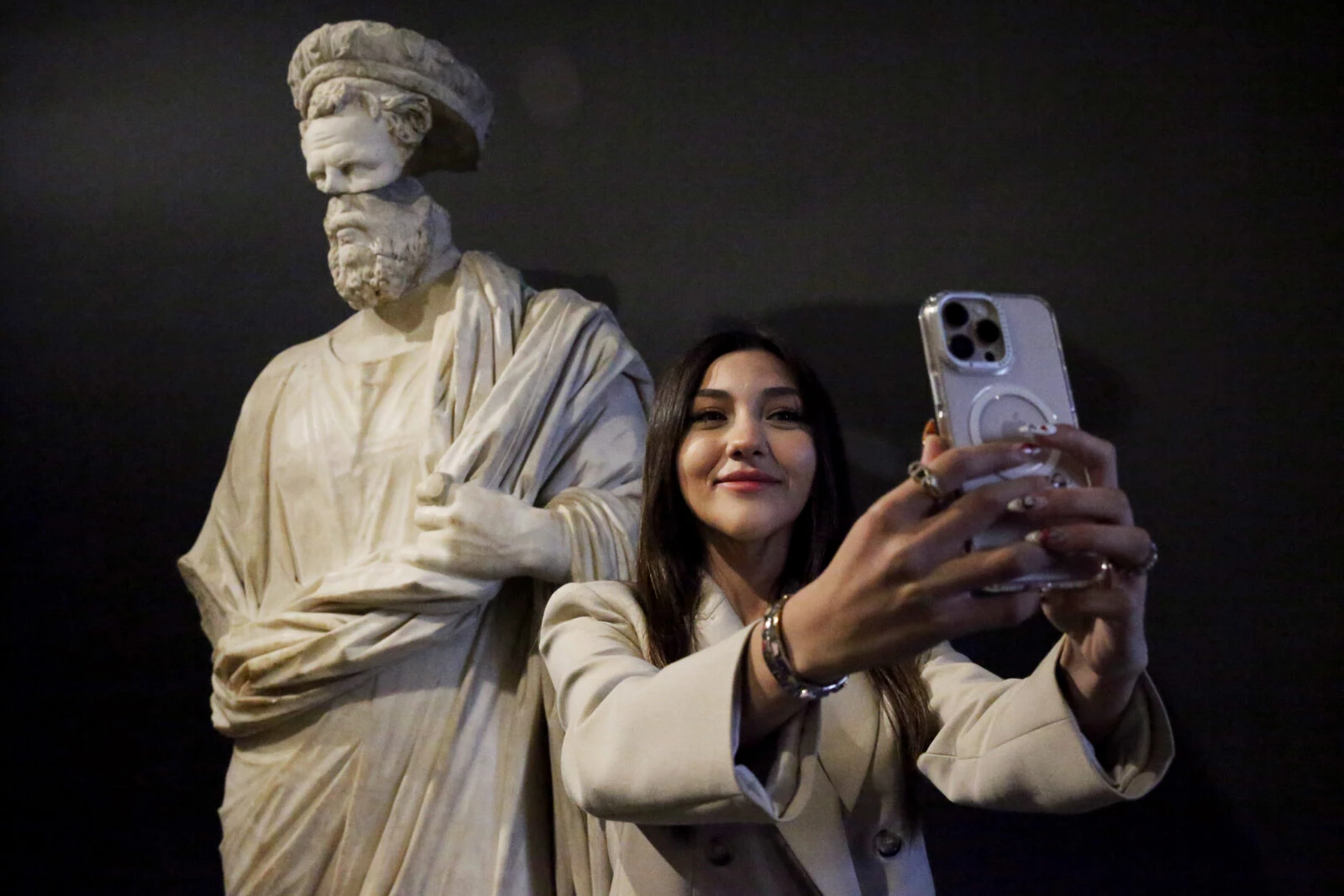
A cultural hub for all generations
Since its opening nearly a year and a half ago, the museum has become a cultural magnet. In the first four months of this year alone, it welcomed nearly 50,000 local visitors and over 1,500 international guests.
The Izmir Kultur Sanat Fabrikasi hosts regular events, from exhibitions and concerts to lectures, adding a dynamic cultural rhythm to the museum experience. Visitors are encouraged not only to explore the artifacts but also to engage with live performances and educational programs.
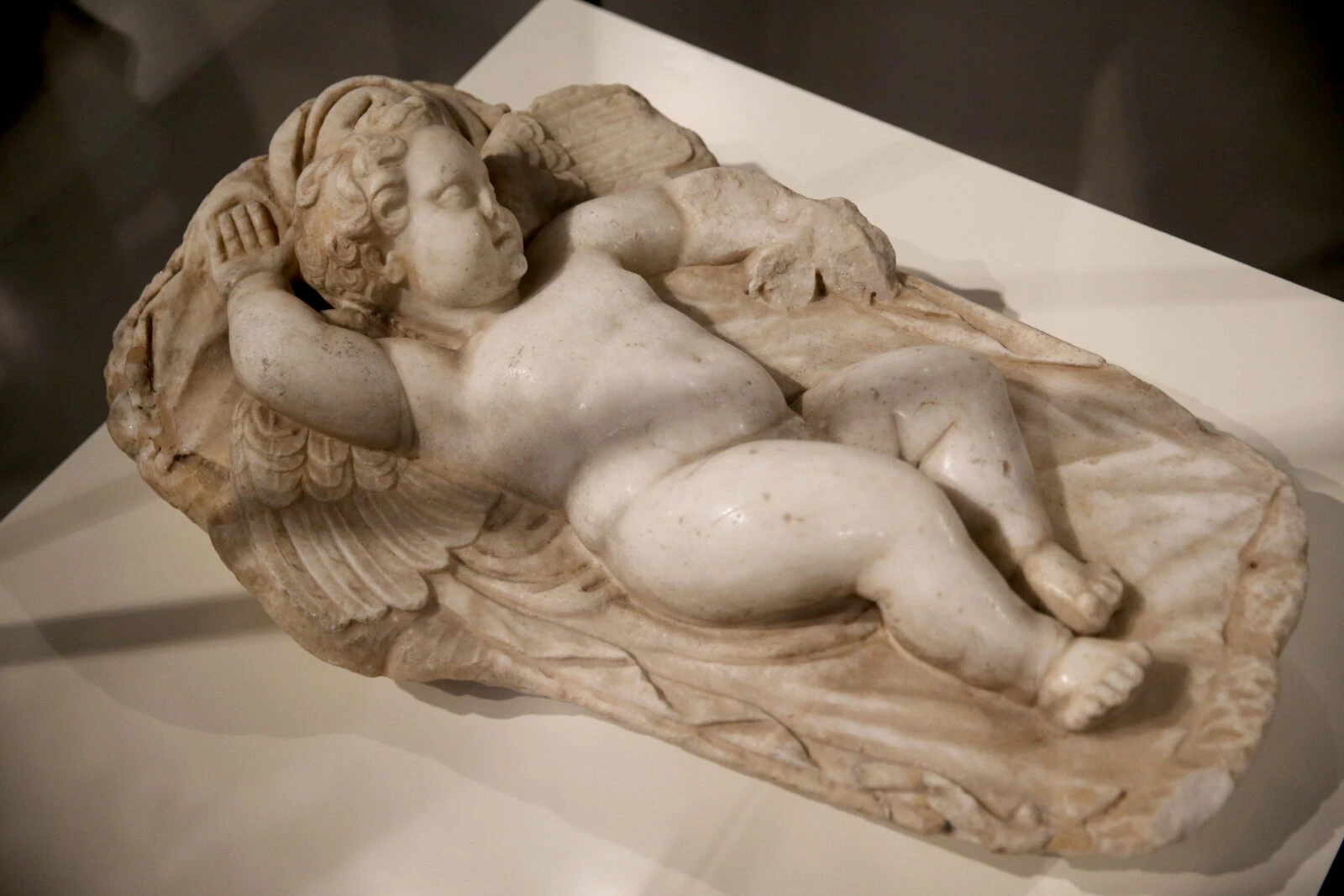
Inspiring the next generation
Special emphasis is placed on activities for children. “We organize creative drama sessions for primary and secondary school students,” Erginer explained. “Sometimes they become Homer, other times Aphrodite or Athena. They connect with history by embodying these ancient characters.”
This interactive and educational approach aims to spark a lifelong love for history and archaeology in young minds.
Visitors to the museum also enjoy the architectural charm of the restored tobacco factory, experiencing not just history but the space in which it’s told.



